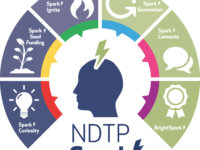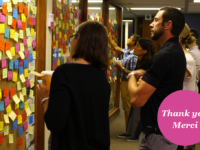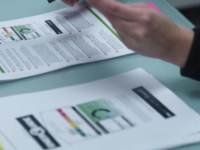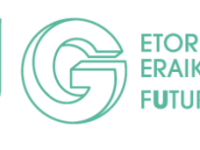Azerbaijan's Digital Trade HubIt is the first e-trade and e-commerce portal guaranteed by the government. The launch of Digital Trade Hub is a leading factor behind the country's 27% rise in non-oil exports, supporting local producers reaching external markets.
Innovation Tag: Innovation Labs and Units
Over a third of U.S. federal employees are eligible to retire in the next five years, yet only 6% of employees are under 30—a pressing issue given the rate of innovation. Piloted as an effort between agencies and a student-led nonprofit, the Civic Digital Fellowship recruits the next generation of technologists—students and recent grads—pairing them with in-need agencies. It has scaled to six agencies, and is an attractive on-ramp for technical students into public service.
Le LabZéro est un laboratoire d’innovation publique qui poursuit des objectifs “zéro”, comme “zéro personne à la rue”. Afficher une forte ambition permet de mobiliser les énergies et d’encourager la créativité. C’est un lieu tiers, piloté par l’État régional et animé par une équipe d’horizons différents, qui rassemble tous les acteurs concernés et volontaires pour trouver de nouvelles réponses aux questions de politiques publiques.
National Doctors Training and Planning has commenced The Spark Innovation Program, designed to empower junior doctors to innovate and make positive changes within the public health system.
In a traditionally bureaucratic environment where innovation is not encouraged, the Spark program not only enables innovation but actively encourages it. Through this empowerment of initiative, creativity and expertise, retention of staff is also addressed and morale increased.
The Flexi-Team helps advance top priority political projects, which could not have been implemented with the currently available staff. The team supports all divisions of the ministry that have temporary staff shortages due to absences or unfilled positions, or due to short-term projects. Furthermore, the Flexi-Team promotes a more flexible work environment in the ministry e.g. by establishing the use of modern knowledge management methods and by offering support in creative design processes.
The OEE established a Social Innovation "UnLab" (SIU) to test an embedded innovation model and amplify energy efficiency policy and service impacts in Canada. The SIU creates value for energy efficiency stakeholders in three ways:
Building relationships and capacity for energy efficiency policy and service innovation;
Generating evidence and collective learning by co-creating and testing insights and interventions;
Amplifying impacts by scaling learning and implementing what works.
A first of its kind (in our context), cross-jurisdictional partnership between three levels of government to research, co-design and test prototypes with citizens to inform and improve the experience and uptake of home energy efficiency labeling and reporting.
The core team was comprised of representatives from Natural Resources Canada’s (NRCan) Office of Energy Efficiency (OEE), the Province of Alberta’s CoLab, and the City of Edmonton with service design support from Situ Strategy.
The Provincial Council of Gipuzkoa presents the program entitled Etorkizuna Eraikiz (Building the Future) as an innovative program for a more open and collaborative governance. Etorkizuna Eraikiz incorporates public deliberation with the citizenship for the design of public policies, ensuring the effectiveness, efficiency and plurality of this participation. The program consists of an active experimentation exercise to develop the future of the territory.
SKYrooms is a network of spaces that enable effective collaboration across sectors to inspire breakthrough innovation. The prototype, which overlooks Big Ben, was developed with IDEO and the Royal College of Art. It celebrates both historic architecture and cutting edge technology, using design to signal new ways of working, new permissions and embed an innovation culture.
The lab brings citizens and stakeholders together in a structured design process to form a common realisation of present challenges and pathways to the future. The stakeholders engaged are all identified and relevant to the target group. They are part of a national ecosystem from user, practitioner to policymakers locally, regionally and nationally. The design methods used in the lab are visualizations of processes, gap analysis and aesthetic disruption to enable needed cultural transformation.




